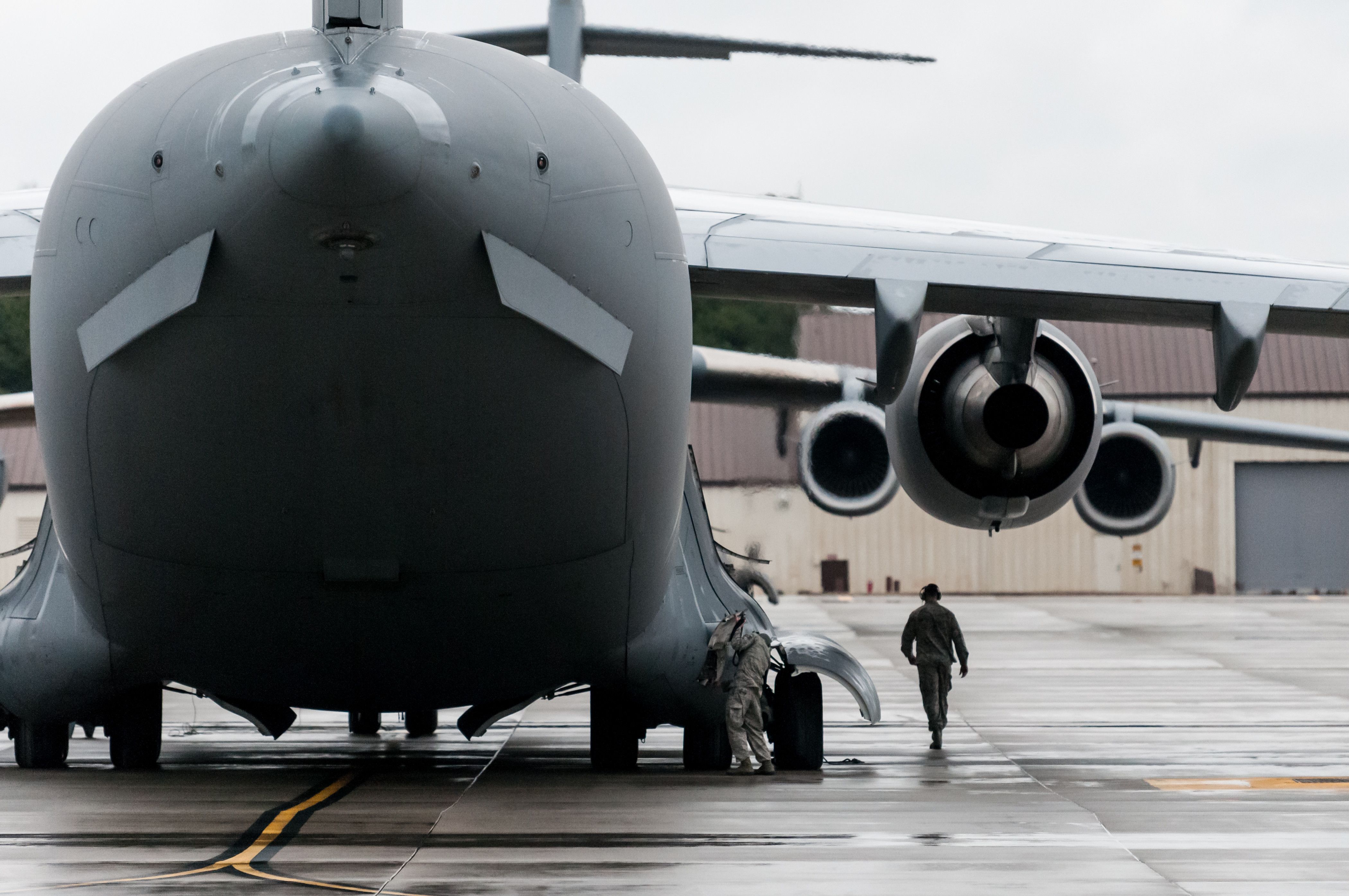The Political and Military Significance of the Defender Europe 20 Exercise

In accordance with the requirements of the “2018 National Defense Strategy”, the U.S. will conduct the strategic exercises, which should prepare the armed forces to defend allies against aggression by Russia and China. The scale and the scenario of Defender Europe 20 indicate that the U.S. is rebuilding its capability for land warfare with a near-peer rival, which significantly eroded after the end of the Cold War. The manoeuvres will test, among other things, the ability to counter an opponent’s anti-access/area-denial systems (A2/AD), which may be used to delay or prevent a NATO collective defensive operation.
Adaptation to the Threat from Russia
Since Russia’s annexation of Crimea in 2014, NATO and the U.S. have recognised Russia as a potential threat to the European security system and Alliance member states. The development of its military potential and the nature of the exercises indicate that Russia is able to conduct a military operation, for example, in the Baltic States, and then use A2/AD systems to attack targets on NATO territory to try to delay or stop the Alliance from sending reinforcements. That is why the U.S. and NATO decided to strengthen their ability to deter Russia and to conduct a collective-defence operation on the Eastern Flank.
In 2017, NATO deployed battalion battle groups to Estonia, Lithuania, Latvia, and Poland (Enhanced Forward Presence, or EFP). These multinational formations of about 1,000 troops are designed to make it difficult for an opponent to undermine NATO’s territorial integrity through small-scale or hybrid aggression. They also increase the likelihood of collective response to actions below the threshold of open war. However, these forces do not offset the quantitative superiority Russia’s military maintains over the NATO border states. The Alliance’s defence strategy is based on the ability to send reinforcements from the U.S. and Western Europe to vulnerable member states.
After the annexation of Crimea, NATO strengthened the multinational rapid response units (NATO Response Force, NRF), which comprises three brigades (equivalent to one division) of land forces. Individual brigades are ready for action within seven, 30, or 45 days. The allies also agreed that within the framework of the “NATO Readiness Initiative” (NRI) they will allocate forces for collective defence missions by the end of 2020, including 30 manoeuvre battalions (equivalent to three divisions), ready for combat within 30 days. The Alliance has also introduced changes to the command structure to ensure the ability to conduct defence operations on the Eastern Flank and facilitate the transfer of troops from the U.S. to Europe across the continent. These NATO activities are supported by the EU, which under its “military mobility” project tries to remove physical, legal, and other regulatory obstacles to the cross-border movement of troops and military equipment.
In parallel, the U.S. has begun to augment its ability to defend its European allies. Since 2017, two American brigades permanently stationed in Europe (West Germany and Italy) have been strengthened by the rotational presence of an armoured brigade (stationing mainly in Poland), which altogether offers a division-size force. The U.S. is also expanding sets of equipment (Army Prepositioned Stocks, APS) located in Germany, the Netherlands, Belgium, and Poland for the other Army division, which, in a crisis, could be deployed to Europe. Division-level command elements and support forces for the formation of this size (reconnaissance and combat aviation) were also placed in Poland. As a result, by the end of 2020, the allies should have the ability to reinforce the Eastern Flank with six division-size units (the NRF, equivalent to one division, the NRI, equivalent to three divisions, and two U.S. divisions). In conjunction with the EFP and national forces offered by the Baltic States and Poland for collective defence purposes, NATO is on course to balance the nine division-size Russian forces maintained in a state of high readiness in the Western Military District
Exercises Scenario
Defender Europe 20 will consist of several elements: the mobilisation and transfer of troops within the U.S., transfer of soldiers and equipment to Europe, command-post and live exercises in Europe, and the withdrawal of troops to the U.S. The deployment of equipment from the U.S. will begin in February, live exercises will be carried out in April and May, and the withdrawal of troops to the U.S. will commence in August.
The U.S. will send to Europe two heavy Army brigades (3,800 soldiers each), a National Guard land brigade (3,800 soldiers), and elements of an Airborne brigade (about 1,000 soldiers). Additional units will provide command, medical, engineering, logistics, and artillery support. Most soldiers will reach Europe by air. Equipment for two U.S. Army brigades will be transported by sea to ports in the Netherlands, Belgium, and Germany. The National Guard Brigade will use equipment stored in APS. From ports and airports, the troops will move to places of concentration, and then by land, sea and air, mainly to Poland and the Baltic States.
The major part of the manoeuvres will be coordinated with smaller exercises regularly organised by the U.S. in Europe. The largest of them will take place in Poland. The Allied Spirit exercises at the Drawsko Pomorskie training fields will involve a division-size force (two U.S. Army brigades and a Polish brigade, with the support of German and British engineers) that will practice river-crossing, an important capability should the enemy destroy bridges. During the Saber Strike manoeuvres, some military units will transit from Poland to Lithuania through the so-called Suwałki Gap—a land corridor that Russia could attempt to block during a conflict to cut off the Baltic States from NATO reinforcements. Airborne operations in Poland and the Baltic States (with troops from U.S. Poland, Italy and Spain), as well as a sea landing in Estonia, will be practised.
Anaconda, the largest manoeuvres of the Polish armed forces, will be held in May and coordinated with Defender. In this way, the Polish military will be able to test its ability to support a large-scale allied operation and national territorial defence at the same time.
Conclusions and recommendations
The scale and scenario of the U.S. exercises indicate the U.S. determination to defend its allies against the threat from Russia. As a result, the exercises can contribute to strengthening the credibility of the deterrence of Russia. It will also be an important signal for NATO member states, which have been worried by statements by U.S. President Donald Trump, who has questioned the credibility of security guarantees for the Allies. The involvement of 18 NATO members, including Belgium, the Czech Republic, Germany, Italy, the Netherlands, Spain, the UK, Poland, and the Baltic States, demonstrates that the Allies are ready to fulfil their collective-defence commitments on the Eastern Flank. As a result, the exercises can strengthen the Alliance's political cohesion and its members should be less susceptible to Russian political and military intimidation, used to enforce a change in the European security system and establish spheres of influence. The main challenge for Poland will be to enable the stationing and transfer of thousands of U.S. troops (in addition to the forces already present in Poland) in line with the Host Nation Support (HNS) obligations. Potential logistic and organisational problems might negatively affect not only Poland's image but also be used in the U.S. NATO debate as an example of European countries failing to fulfil their obligations. To ensure the smooth operation of the exercises and to reduce the risk of a problem-filled scenario, cooperation between diverse ministries and the central and local administration (Whole–of–Government Approach), as well as effective civil-military cooperation will be necessary. Poland and other Allies must be prepared for intensive information operations by Russia, whose aim will be to present the manoeuvres as threatening and attempt to divide NATO. Therefore, active and coordinated strategic communication will be particularly important. The messaging should emphasize the defensive nature of the exercises in compliance with OSCE principles regarding transparency (prior notification and invitation of observers).


